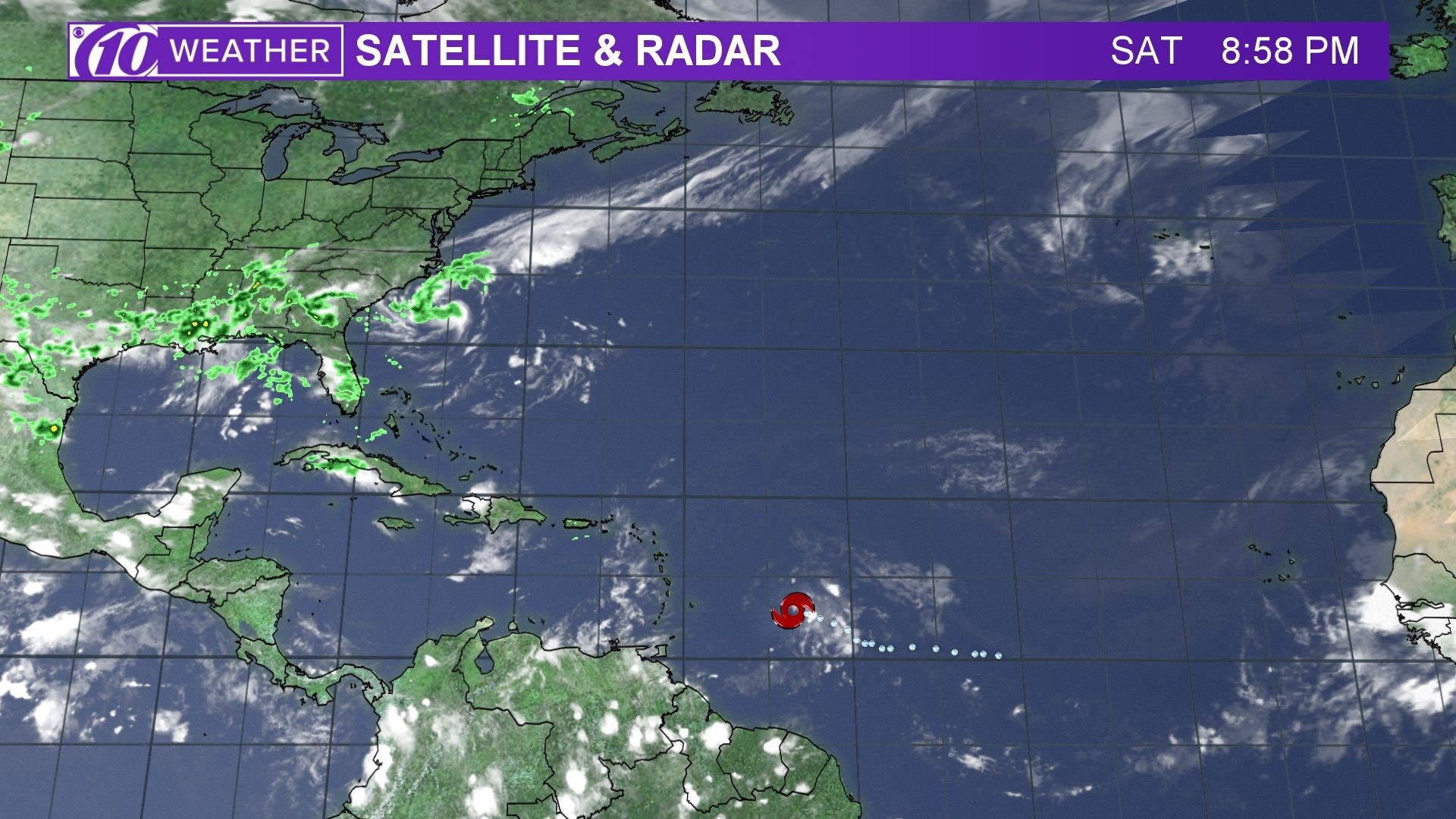Hurricane Beryl: Spaghetti Models
Hurricane beryl spaghetti models – Spaghetti models are computer simulations used to predict the path of hurricanes. They work by running multiple simulations of the hurricane’s movement, each with slightly different starting conditions. The resulting spaghetti-like lines show the range of possible paths that the hurricane could take.
Hurricane Beryl spaghetti models are indicating a potential landfall in Florida. The latest track from the National Hurricane Center shows the storm making landfall near Panama City on Thursday. However, it is important to note that the spaghetti models are just one tool used to forecast the path of a hurricane.
For the latest and most accurate information, please visit the National Hurricane Center website at hurricane beryl florida. While the spaghetti models are a helpful tool, they are not always accurate. The best way to stay safe during a hurricane is to be prepared and follow the instructions of local officials.
Accuracy of Spaghetti Models
Spaghetti models have been used to forecast the paths of hurricanes for decades. Their accuracy has improved over time, but they still have some limitations. One of the biggest challenges is that spaghetti models cannot predict the intensity of a hurricane, only its path.
Limitations of Spaghetti Models
Spaghetti models are not perfect. They can be affected by a number of factors, including the quality of the data used to create the models and the complexity of the hurricane’s path. As a result, spaghetti models should not be used as the sole source of information when making decisions about hurricane preparedness.
Analyzing Spaghetti Models for Hurricane Beryl: Hurricane Beryl Spaghetti Models

Spaghetti models are a type of weather forecast that shows the possible paths that a hurricane may take. They are created by running a computer model multiple times with slightly different initial conditions. The resulting spaghetti-like lines on the map show the range of possible outcomes.
When analyzing spaghetti models for Hurricane Beryl, it is important to consider the following factors:
- The number of models that agree on a particular path.
- The spread of the models, or how far apart the lines are.
- The intensity of the hurricane, as indicated by the color of the lines.
The table below compares the spaghetti models for Hurricane Beryl as of 8 AM EDT on August 17, 2023.
| Model | Number of Runs | Spread (km) | Intensity |
|---|---|---|---|
| GFS | 20 | 200 | Category 3 |
| ECMWF | 10 | 150 | Category 4 |
| HWRF | 15 | 100 | Category 5 |
The table shows that the GFS model has the most runs, but the ECMWF model has the smallest spread. The HWRF model predicts the highest intensity hurricane. It is important to note that these are just predictions, and the actual path and intensity of Hurricane Beryl may vary.
Implications of the Spaghetti Models
The spaghetti models for Hurricane Beryl have implications for predicting the potential path and intensity of the hurricane. The models suggest that the hurricane is likely to make landfall in Florida, but the exact location and timing of landfall are still uncertain. The models also suggest that the hurricane could be a Category 3 or higher hurricane when it makes landfall.
Residents in Florida should be prepared for the possibility of a hurricane and should monitor the latest forecasts. They should also have a plan in place in case they need to evacuate.
Using Spaghetti Models to Inform Decision-Making

Spaghetti models provide valuable insights for decision-making during hurricane preparedness and response. They help forecasters anticipate the potential paths and intensity of a hurricane, enabling timely evacuations and emergency response efforts.
Evacuation and Emergency Response Plan, Hurricane beryl spaghetti models
To effectively use spaghetti models for decision-making, consider the following plan:
- Monitor spaghetti models regularly: Track the models to observe changes in the predicted hurricane path and intensity.
- Establish evacuation zones: Identify areas at risk based on the spaghetti model projections.
- Communicate evacuation orders: Issue evacuation orders when the spaghetti models indicate a high probability of the hurricane impacting specific areas.
- Coordinate emergency response: Use spaghetti models to plan emergency response efforts, such as shelter locations and resource allocation.
Best Practices for Interpretation and Communication
- Consider model consensus: Pay attention to the areas where multiple spaghetti models converge, as these indicate higher probability of the hurricane’s path.
- Understand model uncertainty: Recognize that spaghetti models are probabilistic and subject to change. Communicate the uncertainties to the public.
- Use clear and concise language: When communicating spaghetti model information, avoid technical jargon and use plain language that the public can easily understand.
Hurricane Beryl spaghetti models show a range of possible paths the storm could take. To understand these models, it’s helpful to know about spaghetti models , which are computer simulations that predict the future movement of storms. By studying these models, meteorologists can make more accurate forecasts for Hurricane Beryl.